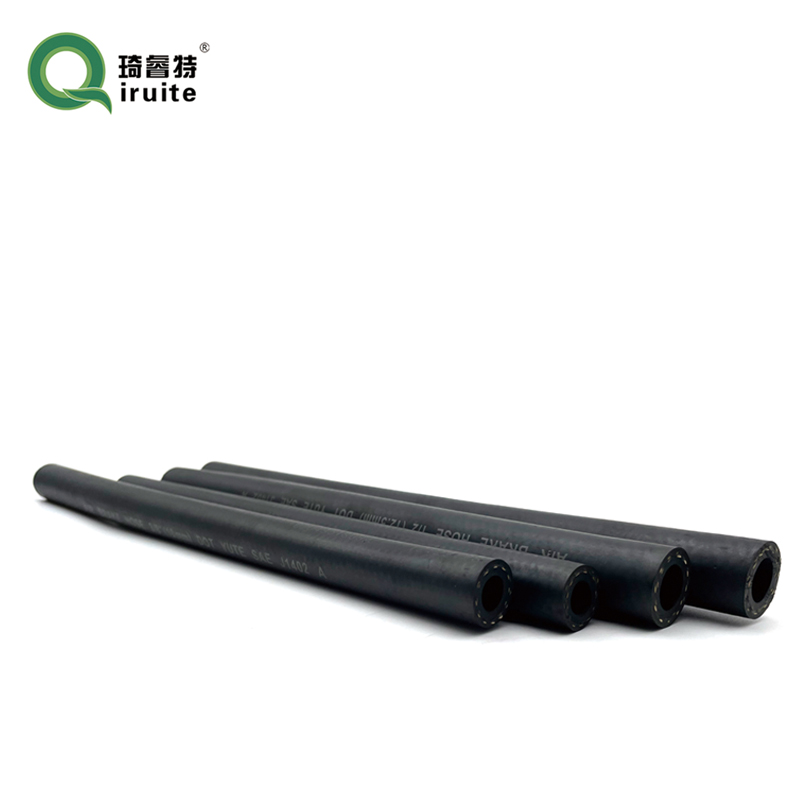ac unit pipe
Understanding AC Unit Pipes An Essential Component of HVAC Systems
Air conditioning (AC) units are integral to modern comfort, especially in regions with extreme temperatures. While we often focus on the external and visible aspects of these systems, such as the condenser and the thermostat, the pipes that facilitate the proper functioning of AC units often go unnoticed. These pipes are crucial in the refrigerant cycle, impacting the efficiency and longevity of the air conditioning system.
The Role of Pipes in AC Units
The primary function of pipes in an AC unit is to transport refrigerant between the evaporator and condenser coils. There are typically two types of pipes involved the suction line and the liquid line. The suction line carries the refrigerant gas back to the compressor, while the liquid line transports the cooled refrigerant from the condenser to the evaporator.
1. Suction Line This pipe usually has a larger diameter and is insulated to prevent heat gain from the environment. It carries lower-pressure refrigerant gas, which has absorbed heat from the indoor air. The insulation is crucial because it helps maintain the low temperature of the refrigerant, preventing it from condensing prematurely.
2. Liquid Line This line is narrower compared to the suction line and carries high-pressure refrigerant in liquid form. It feeds the refrigerant into the evaporator coil, where it undergoes a phase change and absorbs heat, thereby cooling the air that circulates through your home.
Importance of Insulation
Proper insulation around these pipes is essential for maintaining energy efficiency. Uninsulated or poorly insulated pipes can lead to significant energy loss, as refrigerant may absorb heat from the surroundings. This inefficiency not only drives up energy bills but may also lead to frequent breakdowns and increased wear on the system.
Pipe Material Considerations
Most AC unit pipes are made from copper or aluminum. Copper is preferred due to its durability and excellent thermal conductivity. However, it can be more expensive and requires careful handling to avoid bending or kinking during installation. Aluminum, while lighter and often cheaper, is less durable and can be more challenging to work with. Each material has its pros and cons, and the choice often depends on the specific application, budget, and location.
ac unit pipe

Common Issues with AC Unit Pipes
Like any mechanical system, the pipes in your AC unit can face several issues over time. Some common problems include
- Leaks Over time, wear and tear, corrosion, or physical damage can lead to refrigerant leaks in the pipes. This can severely affect the performance of the AC system and result in higher energy costs and environmental concerns due to the loss of refrigerants.
- Blockages Dirt, debris, or damage can cause blockages in the pipes, preventing proper refrigerant flow. This can lead to reduced cooling efficiency and increased pressure on the compressor, ultimately leading to system failure if not resolved.
- Improper Installation Often, issues arise from improper installation practices. Kinks or bends in pipes can restrict refrigerant flow, and poorly sealed joints can lead to leaks. Professional installation is crucial to avoid these pitfalls.
Maintenance and Care
Regular maintenance can help prevent many of the issues associated with AC unit pipes. Homeowners should consider scheduling annual check-ups with a qualified HVAC technician to inspect pipes for signs of wear, leaks, or blockages. Additionally, ensuring that the area around the outdoor unit is clear of debris can help prevent heat buildup and improve overall system efficiency.
Conclusion
In summary, while the pipes in an AC unit may not be the most glamorous component, their role is undeniably critical in the overall performance of the system. Understanding their function, potential issues, and maintenance needs can help ensure that your air conditioning system operates efficiently, providing comfort through even the hottest summer months. Regular maintenance and professional installation are key to prolonging the lifespan of both the pipes and the AC unit itself, ultimately ensuring a cool and comfortable indoor environment.
-
Ultimate Spiral Protection for Hoses & CablesNewsJun.26,2025
-
The Ultimate Quick-Connect Solutions for Every NeedNewsJun.26,2025
-
SAE J1401 Brake Hose: Reliable Choice for Safe BrakingNewsJun.26,2025
-
Reliable J2064 A/C Hoses for Real-World Cooling NeedsNewsJun.26,2025
-
Heavy-Duty Sewer Jetting Hoses Built to LastNewsJun.26,2025
-
Fix Power Steering Tube Leaks Fast – Durable & Affordable SolutionNewsJun.26,2025

